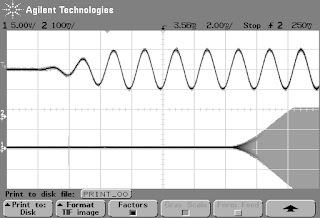There is a total of 10 different bars and here are the two which are used in the upcoming version of the Multi face GPS Clock.
The main design principle is that no more than 8 custom characters should be required per bar. That means that the custom character set is uploaded just once for each bar, giving much less probability for wearing out the LCD character memory with its presumed finite limit on the number of write cycles.






